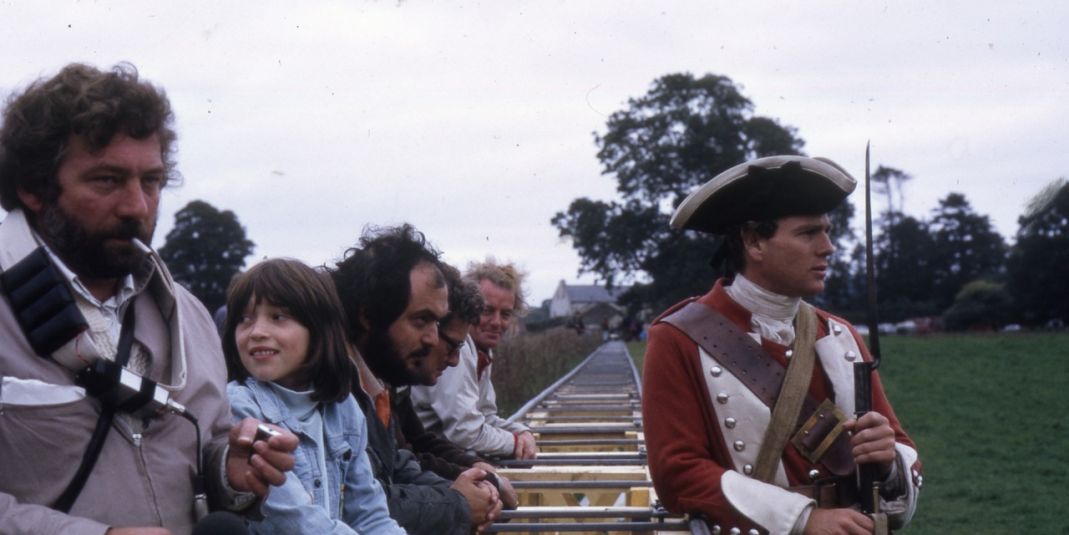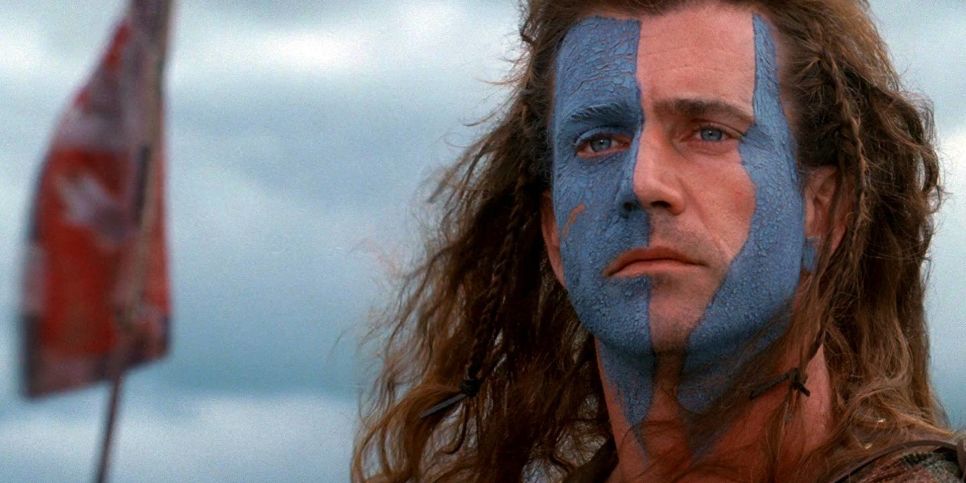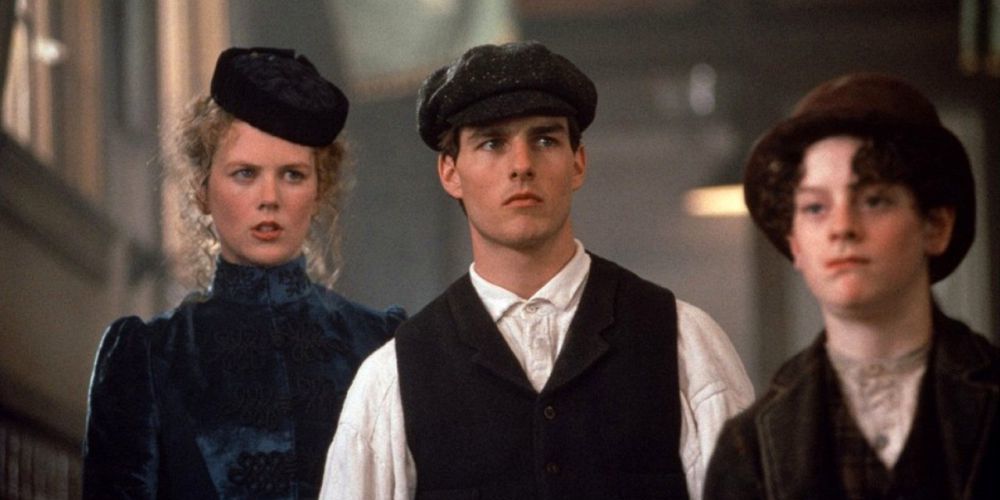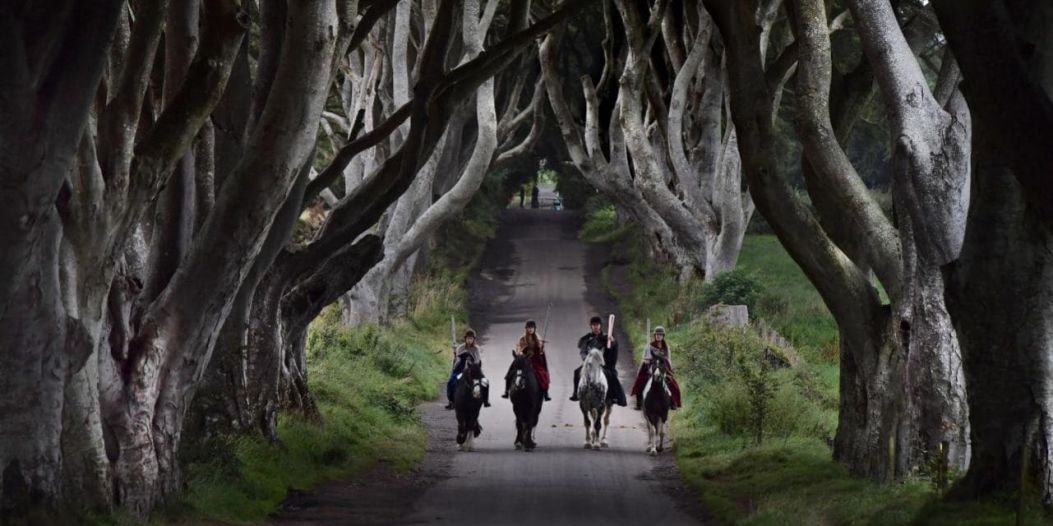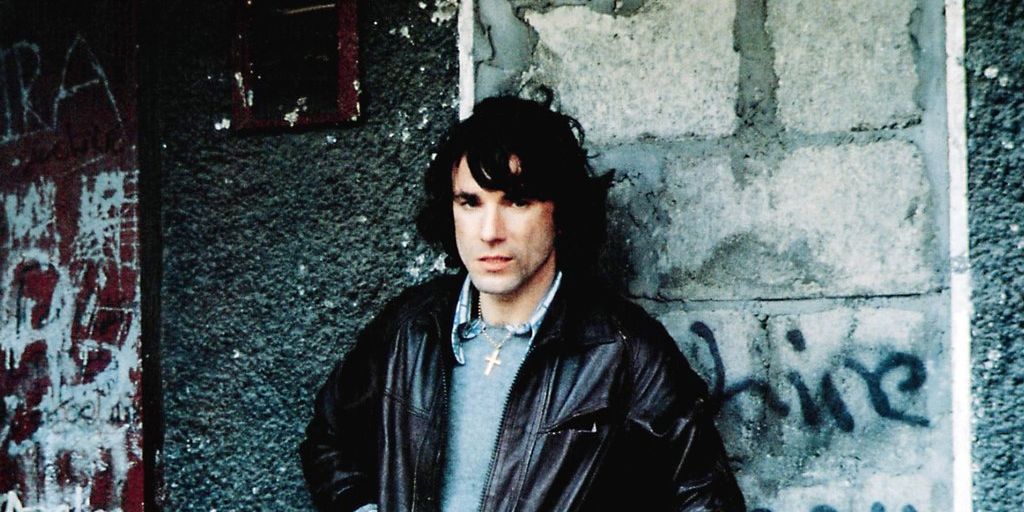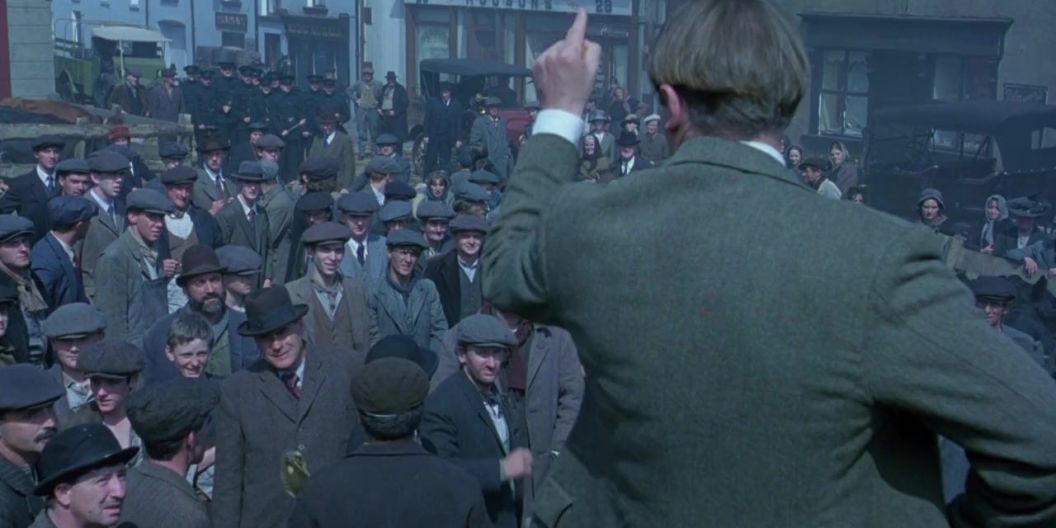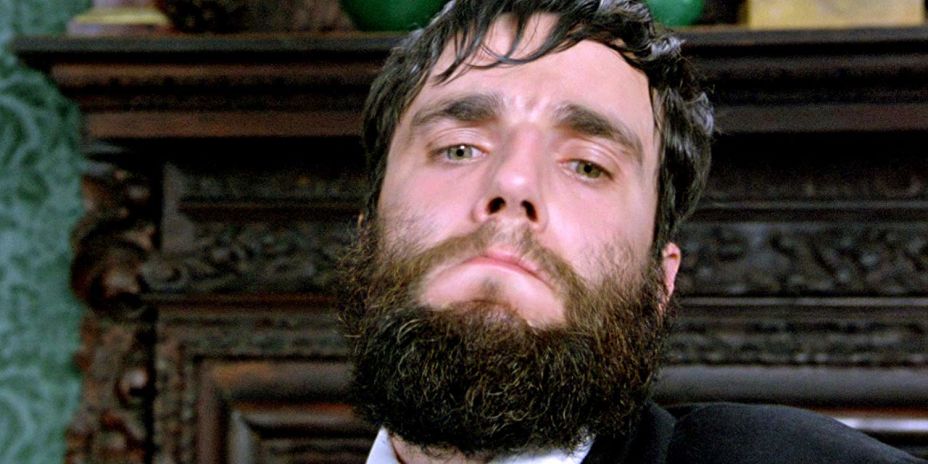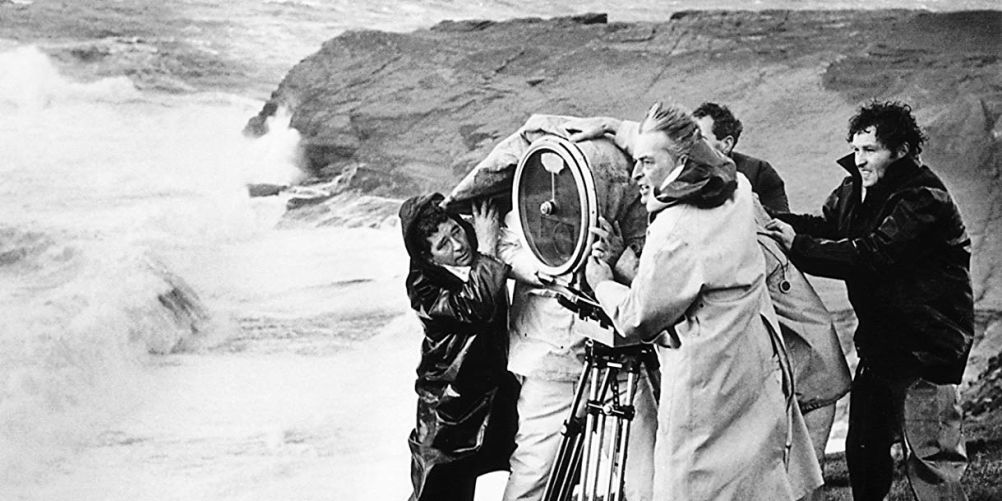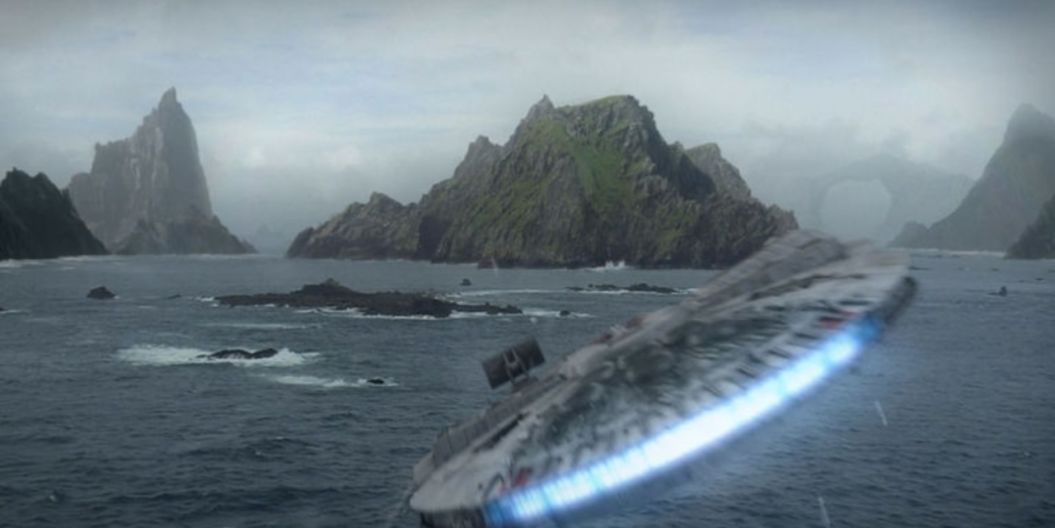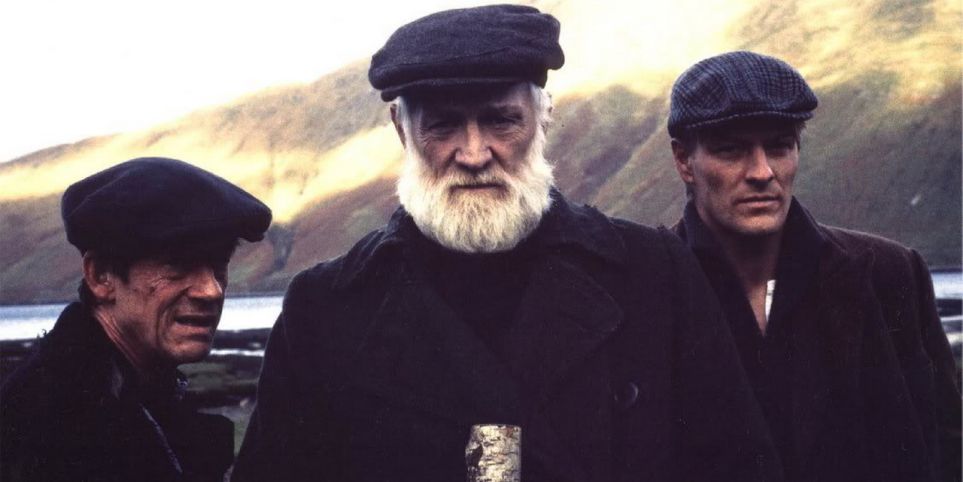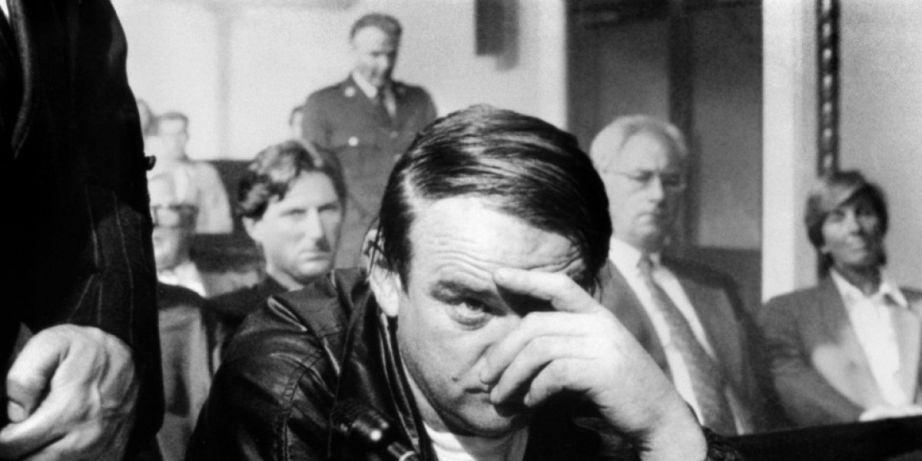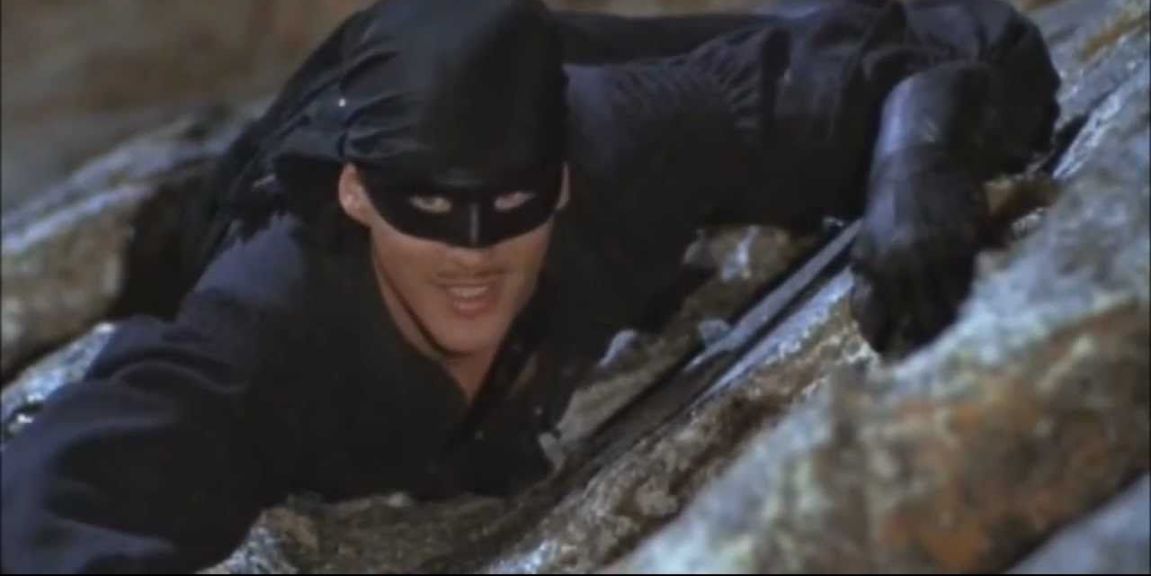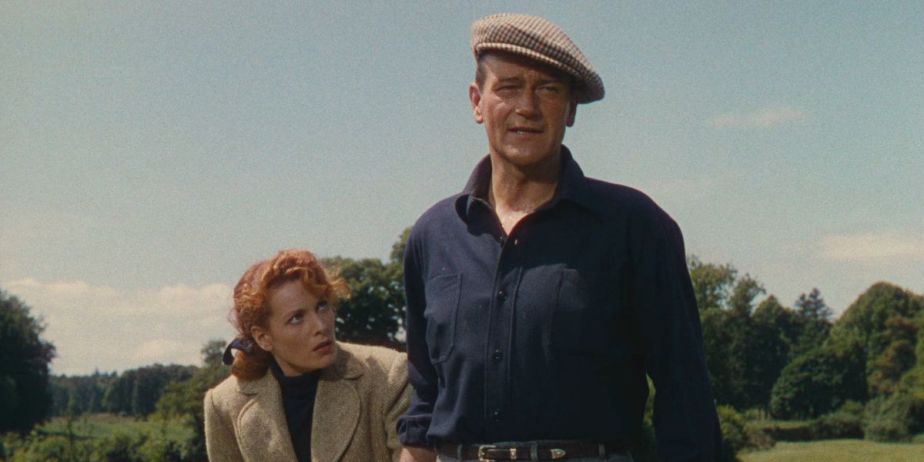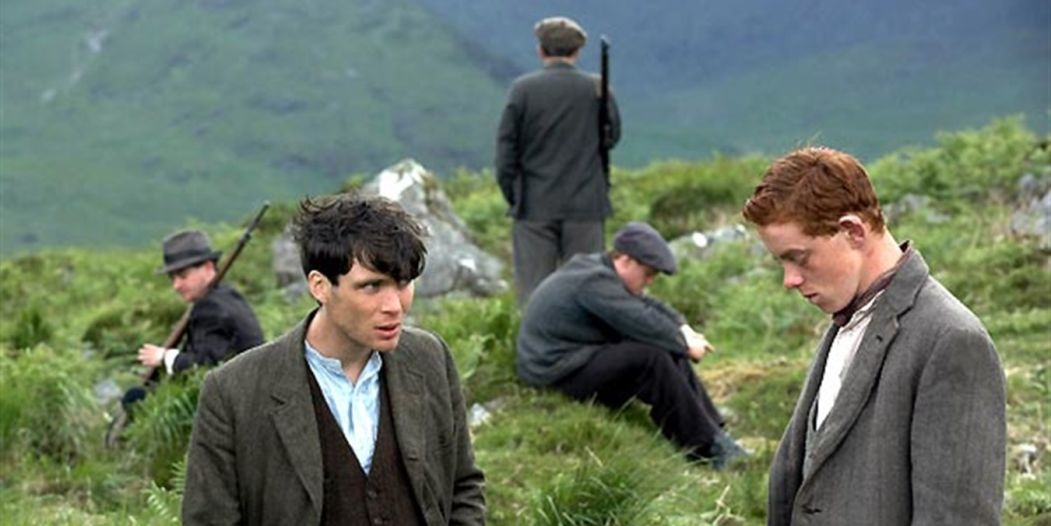Antrim & Down2011 - Present
A Song of Ice and Fire, of which A Game of Thrones is the first novel, was written by George R. R. Martin and was first published in 1996. It is based in the fictional Seven Kingdoms of Westeros and the continent of Essos. In 2006 David Benioff, a super fan of the novels, made a phone call to George R. R. Martin's literary agent to discuss the possibility of adapting A Song of Ice and Fire for television. At the time Martin was in contact with a few film studios about the idea of turning it into a feature-length film.
Martin had his reservations, any one of the novels within A Song of Ice and Fire was as long as the entire Lord of the Rings books, which needed a trilogy of films to complete. He was also wary of having it turned into a network T.V show due to the adult content of the books and the censorship that would ensue. Benioff and his friend, D. B. Weiss, suggested to Martin that they approach HBO with the idea of a television series and Martin agreed. HBO's lenient censorship, along with their history of making great T.V shows, put Martin's mind at ease.
HBO loved the idea and signed on. What followed, until the premiere of the first episode in 2011, was years of rewrites, location scouts, re-shoots, expanded budgets, and recasting. HBO could see, as the writers' room grew and the world began to take shape, that if they stuck by the project long enough they would eventually strike gold. The pilot episode was one of the most expensive ever made, reportedly costing HBO $10 million. HBO's patience paid off, Game of Thrones was a Cultural Revolution that took home viewing to a whole new level, leaving television executives everywhere rubbing their eyes. Some critics have raised questions about the series' adult themes but as a whole, it was received with gusto by both viewers and critics alike.
In searching for locations, on which to build the Seven Kingdoms of Westeros, producers marked out Ireland and Scotland as their top two targets. They eventually settled on Northern Ireland as the primary location, due to its abundance of studio space. Some scenes are still filmed in Stirling, Scotland as well as any scenes set 'North of the Wall', that is to say where the temperature drops dramatically into blizzard-like conditions, which are filmed in Iceland. Other locations that have been used in the Game of Thrones production include Los Angeles, Croatia, Spain and Malta.
Areas of note that have been used in Northern Ireland include Paint Hall Studios in Belfast, which is the production's primary location. The Mourne Mountains (used as Vaes Dothrak), Castle Ward (as Winterfell), Saintfield Estates (as the Winterfell Godswood), Tollymore Forest (for multiple outdoor scenes) all of which are in County Down. The iconic Dark Hedges are located in Ballymoney, County Antrim.



